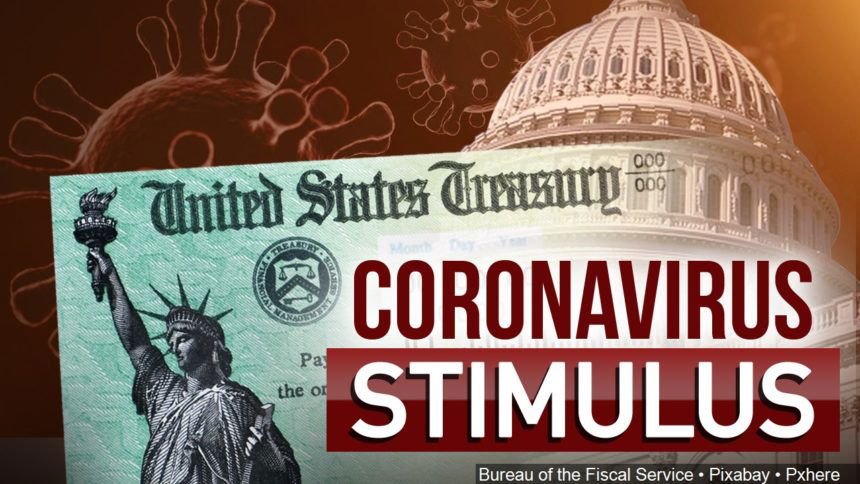Why Americans need a stimulus deal in three stats

Congress passed a landmark relief package at the outset of the coronavirus pandemic, but since then has failed to approve more federal aid while families continue to struggle.
Many Democrats and Republicans are in favor of additional stimulus spending, but there was little hope for a deal before the end of the year until late last week, when Democratic leaders announced support for a bipartisan proposal. Congressional aides on both sides said that substantial progress was made over the weekend, but there’s still a lot of work to do and time is running out for many Americans in need.
Lawmakers already allowed some key relief programs to expire over the summer, including a $600 boost to unemployment benefits and a small business loan program. It’s been months since most Americans received their $1,200 stimulus checks.
Even more aid is about to run out at the end of December. Millions of people could be pushed off unemployment benefits altogether and renters could lose eviction protections if Congress doesn’t act. And those with student debt will have to restart making payments on their loans after January 31.
Meanwhile, it’s becoming very clear that the economic recovery is faltering.
“Shortly, we’re going to be in a situation where many families will really be very seriously struggling in ways that are much deeper and widespread than we have seen so far,” said John Friedman, an economist professor at Brown University and a co-director of Opportunity Insights at Harvard University which is tracking the recovery.
3 stats that show Americans desperately need more federal aid
1. The US added half as many jobs last month as expected
The US economy added 245,000 jobs in November, a dramatic slowdown from the 610,000 jobs added in October.
There are still 9.8 million fewer jobs than there were before the pandemic began. That’s more jobs than were lost in 2008, after the financial crisis.
2. Unemployment remains stubbornly high for low-wage workers
It’s been an uneven recovery so far. The employment rate for low-wage workers (those earning less than $27,000 a year) has fallen 20% from its pre-pandemic level. Meanwhile, the employment rate for workers earning more than $60,000 a year is back to where it was in January, according to Opportunity Insights.
Those who have lost their jobs have been receiving enhanced unemployment benefits thanks to Congress’s earlier aid package. Yet about 12 million people are at risk of losing jobless aid at the end of the month when certain programs expire.
3. Small businesses are closing at a higher rate
The number of small businesses open in the United States is down 29% from January and after rebounding in the spring, the number is trending down again. There are fewer operating now than at any time since May, according to Opportunity Insights. The second dip is likely due to two reasons: more city and state lockdowns as coronavirus cases surge and federal aid running out.
The federal government sent more than $500 billion in forgivable loans to small businesses — but the loans were only meant to cover about eight weeks of expenses. For most of the loan recipients, that money ran out over the summer, and there hasn’t been anything to replace it.
What Congress is talking about
If lawmakers are able to pass anything before the end of the year, it won’t be as broad as the $3 trillion bill Democrats proposed in May and could be even smaller than the Republican’s $1 trillion proposal unveiled in July.
Even though progressives like Vermont independent Sen. Bernie Sanders are demanding a second round of stimulus checks, money for the payments isn’t likely to be included in the bipartisan framework.
But money to extend unemployment benefits is on the table, as well as allowing small business owners to apply for a second loan from the Paycheck Protection Program. Lawmakers are also talking about extending the eviction moratorium set to expire at the end of the month. More money for vaccine development and distribution and Covid-19 testing and tracing is also a priority.
Even if the bipartisan group of lawmakers from the House and the Senate reach an agreement among themselves, that doesn’t mean it’s the end of talks. This has largely been seen as a starting point for leadership. Senate Majority Leader Mitch McConnell hasn’t committed to putting anything on the floor.
This story has been updated with details of congressional negotiations.
